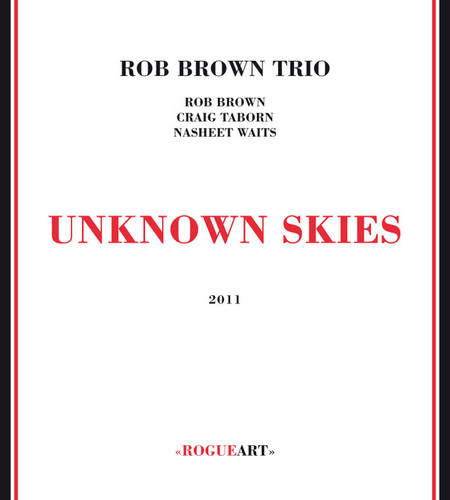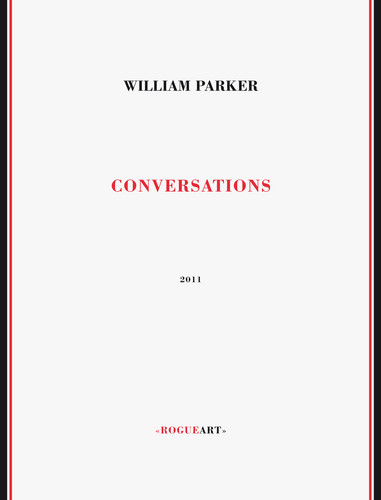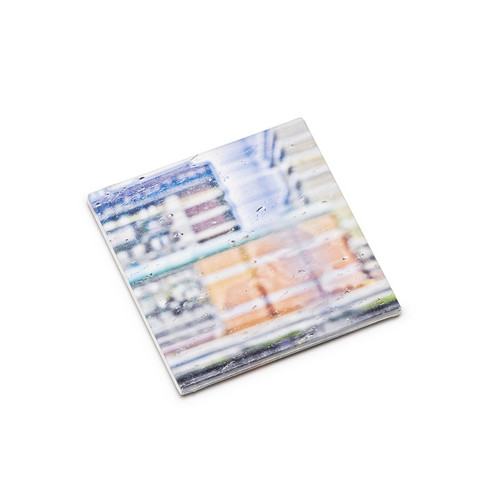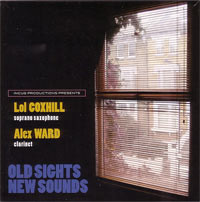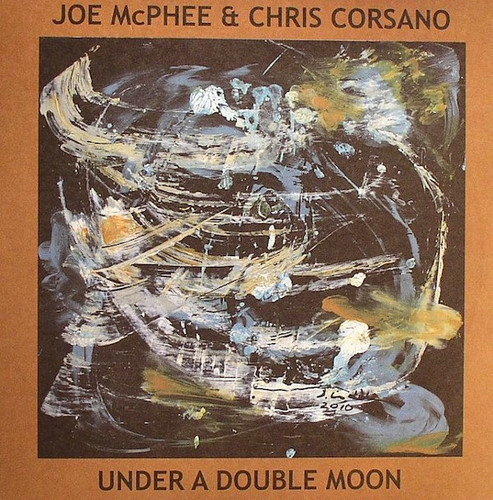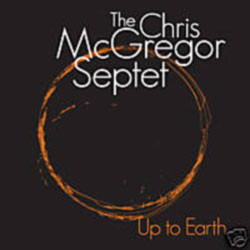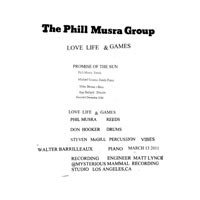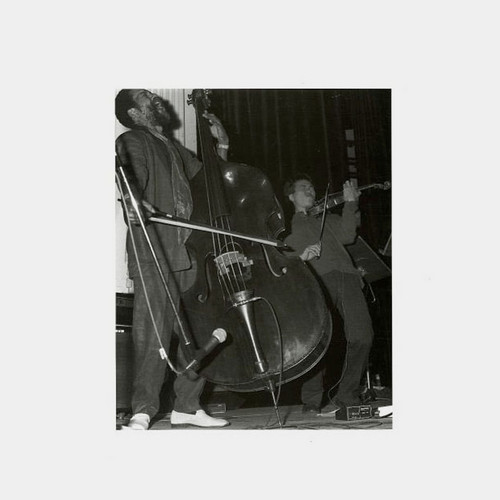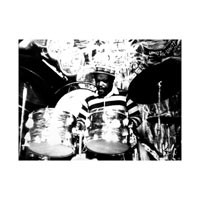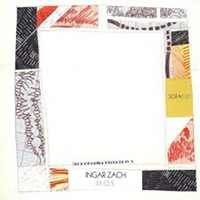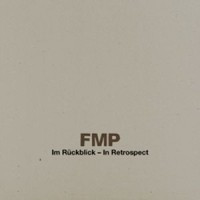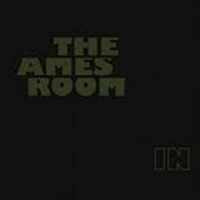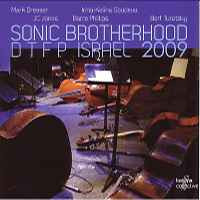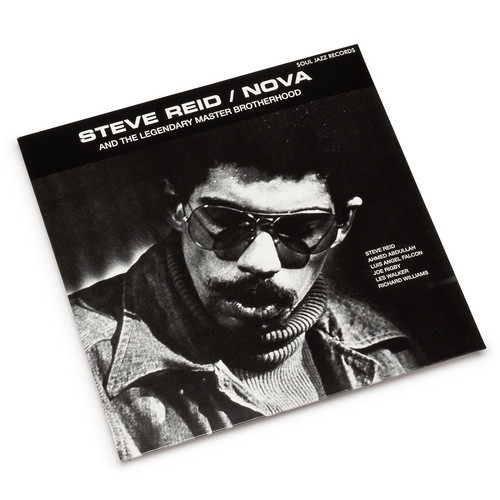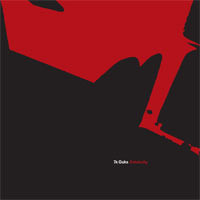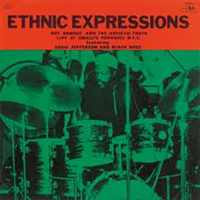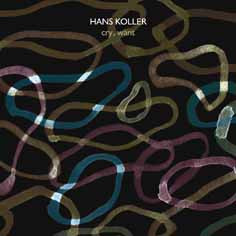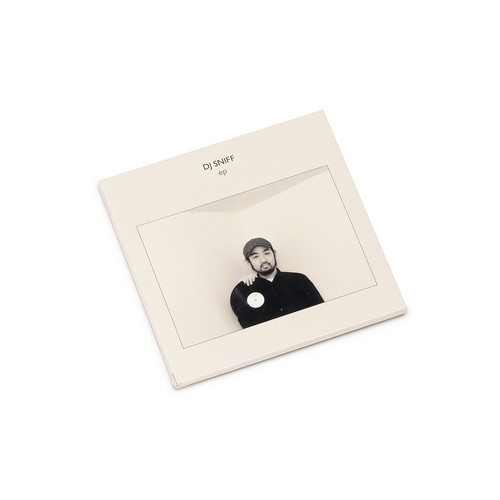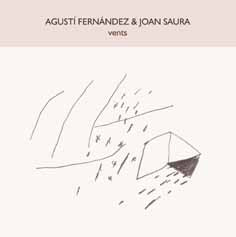Jazz /
Trance Map
Evan Parker (soprano saxophone, sample collection, co-composition), Matthew Wright (live sampling, turntables, co-composition and sound design). In which the studio becomes the arena for an expanded method of improvisation where successive layers of sound making are built up, revised, scrapped, edited, revisited... (As the notes say 'the tweaks went down to the wire.') In short, the way many musicians have been working for decades, but a new experience for a hard-core, real-time free improviser …
Unknown skies
...Every trio without a piano, or without a drums, or as in this case without a double bass, gains in incline what it loses in “balance”. It only takes a little sometimes. Everyone plays at ease across. Everyone can split themselves. There are no more solos as solos but phases, circles of influence and predominance which do not last. The duos bind and unbind more clearly, the contrasts stand out better. The theme is no longer material to develop but, as in Unknown Skies, a lyrical and volatile s…
Conversations
William Parker has long taken an active role in the presentation of his own art (self-produced records/CDs, concerts, festivals, publications) and that of others. That initiative continues with this major work, an anthology of musician-to-musician interviews in the lineage of Arthur Taylor’s seminal “Notes and Tones”. Approximately 12 years in the making, “Conversations” has hallmarks of being a very personal project, spotlighting many musicians who are largely unknown to even avid fans of the…
Whobub
The great surprise with the French quintet Hubbub comes with seeing them in performance before you’ve heard one of their recordings. Five men walk on stage, two carry saxophones, one a guitar, the pianist and drummer sit down at their instruments. It looks like a conventional notion of a band, the sole concession to the world of electronics the Gibson Les Paul, itself a guitar design that has changed little in the past sixty years. Every instrument carries with it the expectation of a characteri…
Old Sights, New Sounds
Recorded at Incus HQ, London, in October 2010, this duo is a delight that should refresh even the most jaded ears. Lol Coxhill and Alex Ward are both veteran improvisers and regular participants on the London scene, so it was inevitable that they would eventually play together as a duo. As evidenced below by YouTube, that happened in August 2010 at John Russell's annual Fete Qua Qua; the pairing was repeated the following month at Sybil Madrigal's monthly Boat Ting gig on the Thames (on the…
Under a double moon
With a career now spanning over 40 years and more than 100 recordings, Joe McPhee has shown that emotional content and theoretical underpinnings are thoroughly compatible — and in fact, a critically important pairing — in the world of creative improvised music. Since recording The Hated Music with Paul Flaherty in 2000, Chris Corsano has been hyper-active in far-reaching corners of the free improvised world. Under A Double Moon, recorded live in Paris during a spring 2010 tour of Europe, i…
Up To Earth
Vinyl edition of this joyous improvised music drawing on South African roots and European free jazz from Chris McGregor and a group including Evan Parker, Louis Moholo, Barre Philllips, &c. This album only had a few test pressings at the time of recording and this is therefore the first vinyl release of this classic work. In 1969 the Chris McGregor Group were riding high on the London jazz scene, playing and hanging out with all the rising stars of British free jazz. Sessions for the pre…
Love Life & Games
RESTOCKED: I wrote these tunes in 1968 when Micheal Cosmic and i were students at the AACM School of Music. i revised Love life & games in 2008. i had a band going on then with Micheal Cosmic. we played students concerts with Roscoe Mitchell. he also taught us our reeds. i had music theory with Anthony Braxton and Richard Muhal Abrams..." Phill Musra
Live in Berlin, Ballhaus 1987
Thomas ! Thomas wrote me one day and said to me to check out some audio called So long ago in Berlin... wow, i immediatly fell in love with that sound, really 60's and melancholic in a way... those were the rec. of a mini Tour that Norris Jones set up with his new sextet (2 gigs in Berlin/2 more in NYC). Sirone was one of the most respected bassist coming out of the New Thing, having played with all the greats: Albert Ayler, Archie Shepp, Marion Brown, Pharoah Sanders, Cecil Taylor, Noah Howard,…
Live at Lelli's
Roy Brooks ! what can i say about one of the greatest jazz drummers ?! a man who paid his dues, who lived an hard life...who's Detroit Jazz ! started to play in the 50's with Yusef Lateef, spent 5 years with Horace Silver doing the hard and the bop, then with Dexter Gordon, Lee Morgan, Jackie McLean, two years with Mingus, played with Max Roach M'Boom... plus many others... in the 80's he formed The Artistic Truth & The Aboriginal Percussion Choir... the rec. on this album is even more precious …
M.O.S.
'A new series designed by Clare Cooper. M.O.S. is Ingar Zach's second solo release for Sofa, six years after the critically acclaimed 'Percussion music'. M.O.S. reveals a large and almost monolithic sound world. Zach's horizontal bassdrum (gran cassa) functions as a gigantic, resonating membrane, where metallic and ceramic percussions create articulations over the bass vibrations in a ritualistic dance of pulses and overtones. The music moves slowly, but with a continuing drive, and stretc…
FMP in retrospect
Monumental! Who could have imagined back in 1969 that a German label religiously dedicated to uncompromising free-jazz would outlast the Berlin Wall? Such is the ongoing tenacity of Free Music Production, and its story is told in this intriguing 12-disc box set, compiled with a lavish book of photos and perceptive essays by such musicians as saxophonist Ken Vandermark and author Felix Klopotek. The company has been a true labor of love (or fanaticism) for Jost Gebers, who maintained a day…
In
'Jean-Luc Guionnet (alto saxophone), Will Guthrie (drums) and Clayton Thomas (double bass). Taking the form of a minimalist power trio of saxophone, bass and drums. Recorded in 2009, IN focuses on the tour that nearly killed them - Jean-Luc couldn't eat, Will couldn't walk and Clayton couldn't call an elevator. Niort - recorded at the festival NPAI, caused METEO festival director Adrien Chiquet to complain that the best gig of the festival was 'fucking jazz!'. In Poznan they were attacked…
Sonic brotherhood - DTFP Israel 2009
Improvised music with exception of Irinia-Kalina' solo. Mark Dresser (bass), Irina-Kalina Goudeva (bass), JC Jones (bass), Barre Phillips (bass) and Bert Turetzky (bass). Recorded by Ori Winokur, edited, mixed and mastered by JC at the Kadima Studio, Jerusalem, October to December 2010.
Nova
"Soul Jazz Records are re-releasing this classic release of deep spiritual jazz by Steve Reid and The Master Brotherhood, entitled Nova available for the first-time at mid-price. There is also a one-off limited-edition vinyl repress of 1000 copies worldwide. Steve Reid is now known worldwide for his radical collaborations with Kieren Hebden on Domino Records. Nova (and Rhythmatism, also re-released) are his amazing first albums recorded in the early 1970s -- all now serious collector's al…
Entelechy
the second full-length album by the experimental/free-jazz quartet 7k Oaks, live recorded in concert at the InterAct Festival in Hasselt. This new release is at the same time a confirmation of their musical background as well as an exploration of new territories: about an hour of full-blast energy, with a variety of directions ranging from walls of electro-acoustic noise to free-jazz bursts, hypnotic rythmic patterns and lyrical melodic themes. It is the entelechy of …
Ethnic Expressions
Easily one of the most coveted and sought-after of all jazz LPs is the elusive Holy Grail that is Roy Brooks' Ethnic Expressions. It's not just rarity that makes a record of this nature so desirable, nor is it the compelling music within -- sometimes, like a Van Gogh or a Picasso, it's the personality of the artist himself that's inexorably entwined with the record itself that lends a fascinating, mesmeric and mythical quality that simply can't be contrived. The sixth release in Jazzman's …
Cry, Want
Very loosely related in selected affinity to the late Austrian saxophonist and artist Hans Koller, this younger version has played football with clubs such as TSV Oberlauringen and Dynamo Kebab, has studied ethnomusicology at the School of Oriental and African Studies in London, and also jazz composition with Mike Gibbs and Bob Brookmeyer.Over the past decade Hans Koller has played and worked with Steve Lacy, Evan Parker, Phil Woods, Harry Becket, Kenny Wheeler, Bill Frisell, Steve Swallow, Jeff…
Ep
This recording is my attempt to play Evan Parker. Seven tracks were recorded in STEIM's Studio 3, trying to reflect the liveness of Parker's solo recordings. All of these are single takes with minor edits at the beginnings or ends. Two interlude tracks are short experiments looking at timbral characteristics when the rotation of the turntable is extremely slowed down. The last three tracks are compositions made from both Parker's and other improvisors' records.
Vents
A keenly awaited recording from the long standing collaboration and friendship between Fernandez and Saura. They have worked together in many different groupings but this is the first time their specific duo music involving piano and live sampling has been documented.

